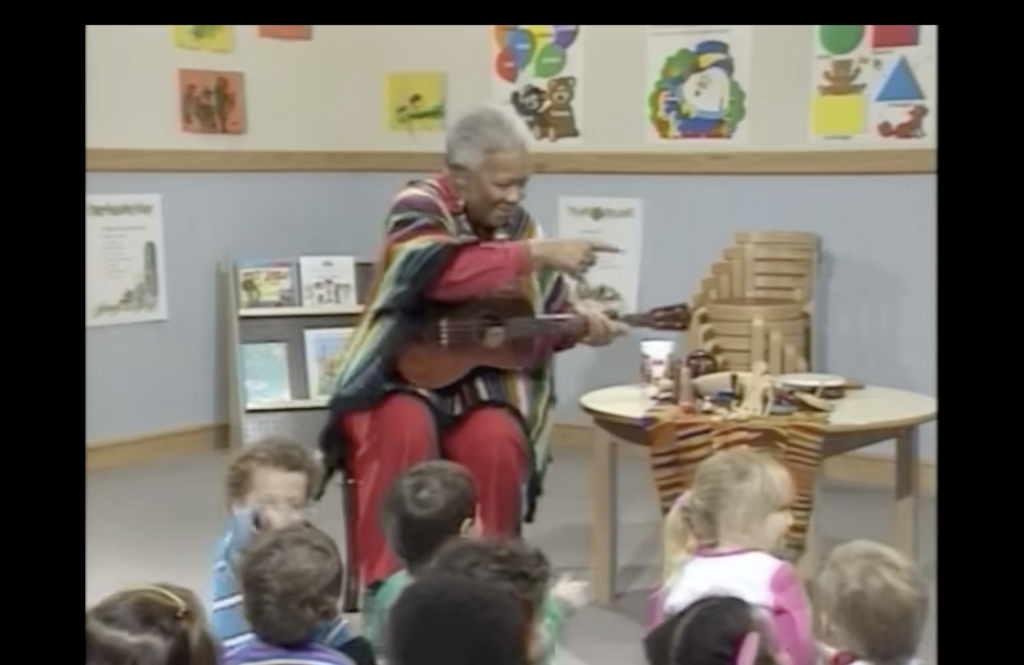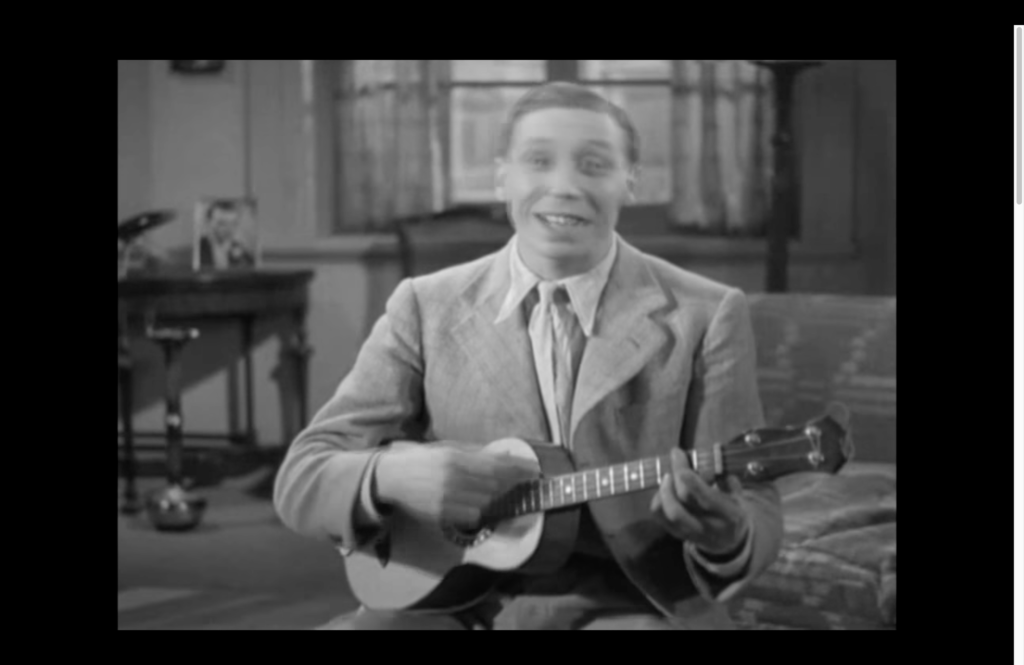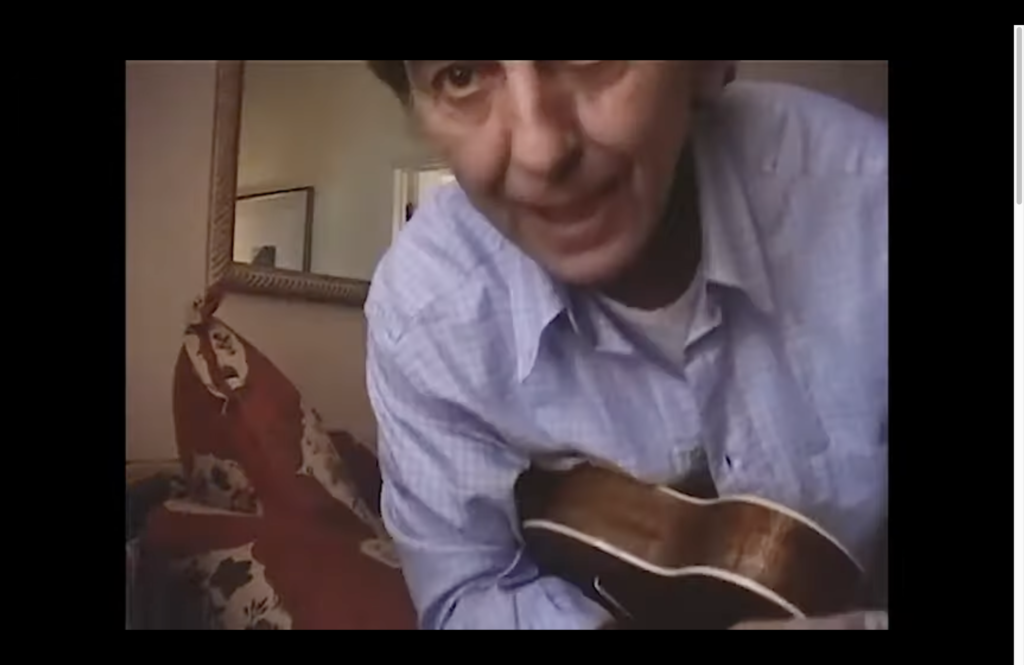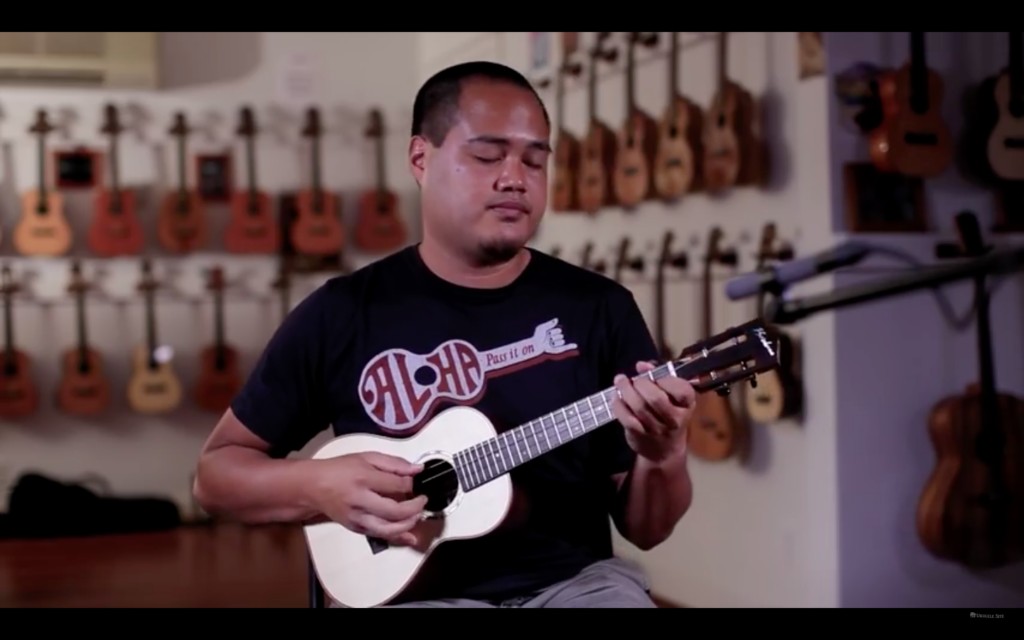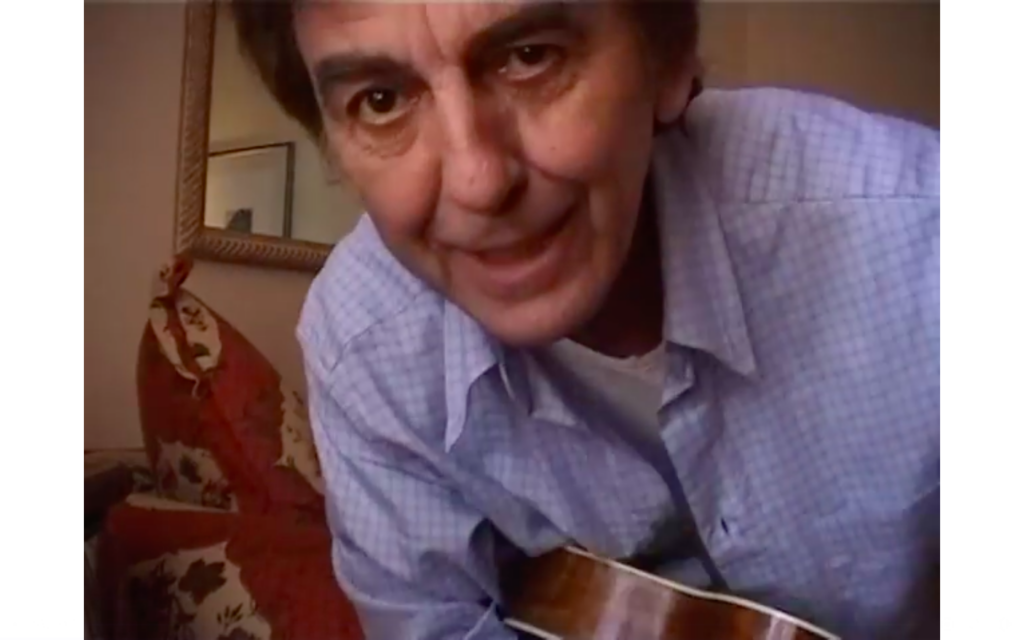February 2 is “World Play Your Ukulele Day.” This holiday was established in 2011 by Mike Lynch (a.k.a. “Ukulele Mike”; see below). In the original announcement, Mike Lynch kept his expectations low. “Take your uke out of its case,” he said, “and play it.”
Simple enough.
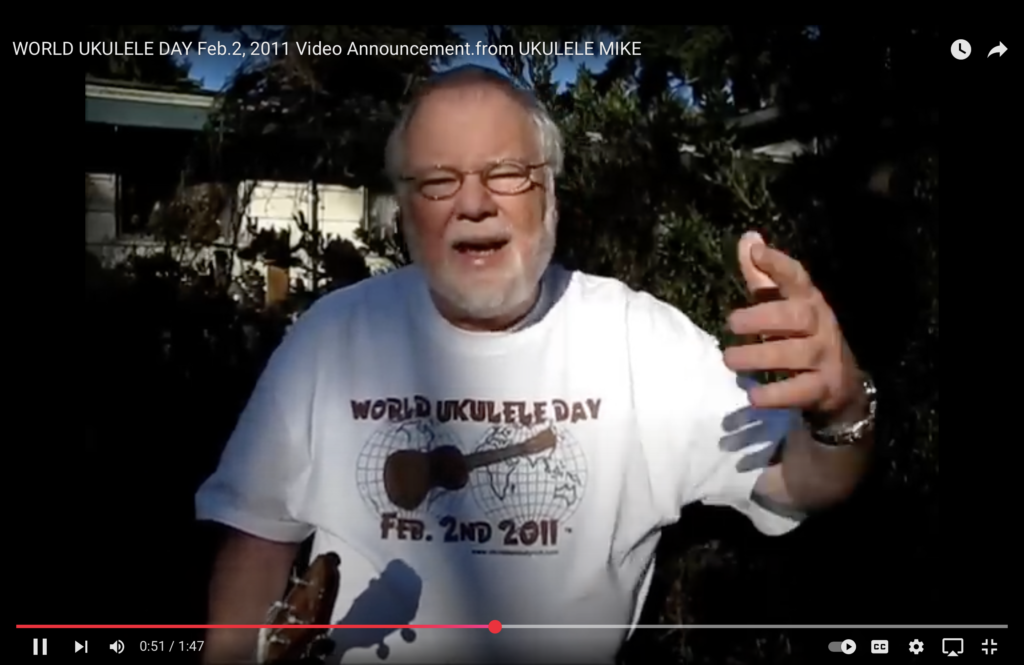
OK. I did that.
What else can I do?
Mike had a suggestion: “Find someone who needs a smile. You might take it to an elder care, you might take it to a shut-in….” In other words, try to make the world a better place by playing your ukulele. But I went on a field trip with teens from our congregation’s youth group, which didn’t leave time for ukulele excursions.
Since I don’t have time to do anything else, I’ll share a ukulele song sheet for “It Was a Lover and His Lass,” Thomas Morley’s 1600 setting of poetry by William Shakespeare. Before you get all critical, yes I know it’s a pretty primitive song sheet. And no, I didn’t attempt to transcribe Morley’s lute accompaniment for ukulele (way above my pay grade), I just put in chord indications based on a simplified form of Morley’s harmony. Yet even in this simplified form, it’s kind of challenging. We tried it at our Cohasset ukulele circle, and people noted the nine different chords you have to know, the fast chord changes, and the tricky rhythm in mm. 22-23. Whatever, it’s a great song — and this is the best I’ve got for World Ukulele Day 2025.
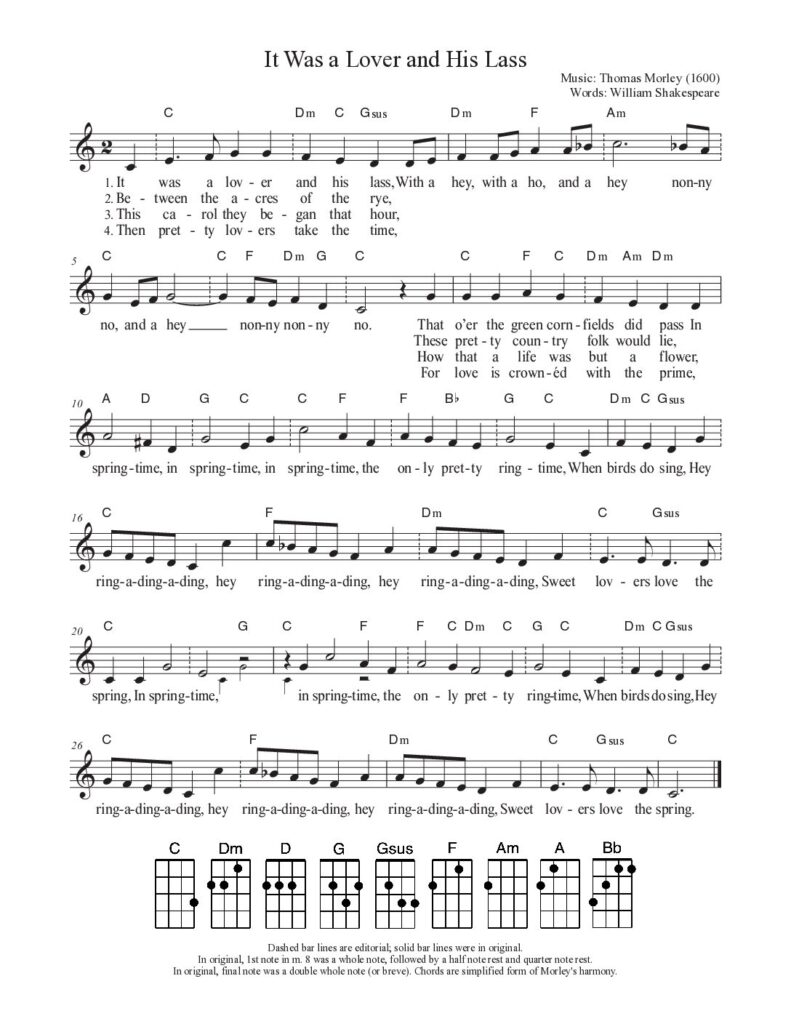
(N.B.: Public domain music, public domain words, and I’m releasing my mediocre typesetting into the public domain. Go ahead and copy it all you want.)
More about Ukulele Mike
Michael B. Lynch (1945-2018) was a career music educator and an accomplished ukulele player. As a youth, he played in a ukulele ensemble led by the legendary ukulele educator Chalmers Doane. Beginning in 2009, he produced a popular series of instructional Youtube videos under the name “Ukulele Mike.” He also published a number of instructional CDs and books, still available through his website that his wife continues to maintain.

